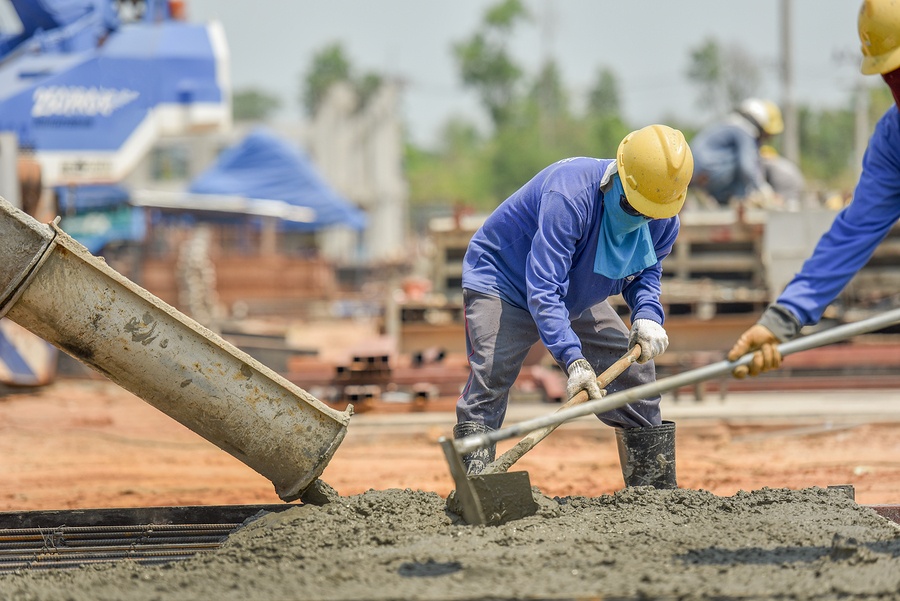
Concrete’s durability and strength make it the backbone of buildings and infrastructure worldwide – houses, schools, hospitals, airports, bridges, highways and subways. It is one of the safest building materials known and, with a few simple precautions, is relatively easy to work with and finish.
The Basics of Concrete Construction
Concrete is a combination of Portland cement, small stones, sand, and gravel (fine aggregate) and water. The cement, usually in powder form, acts as a binding agent and when mixed with the aggregates, creates a rock-like mass Chandler epoxy countertops. The mixture is then poured and allowed to harden. During this process, the material becomes stronger and more durable due to a chemical reaction called hydration.
Many different types of concrete are available and used in construction. Each has its own unique characteristics. Admixtures, ingredients added before or during mixing, are also used to increase strength, workability, speed up or slow down the set time, reduce shrinkage or expansion and protect concrete against changes in temperature.
Despite these differences, there are a number of similarities between the various types. They all include a thorough mix of the cement, aggregates and water, and are then formed into shapes in a mold and cured under controlled conditions of temperature and moisture.
In addition to being a cost effective and durable building material, concrete structures require very little maintenance compared to other materials. This makes concrete a great choice for hospitals and medical offices where the less commotion, better air quality, and ability to control humidity can help patients heal more quickly.